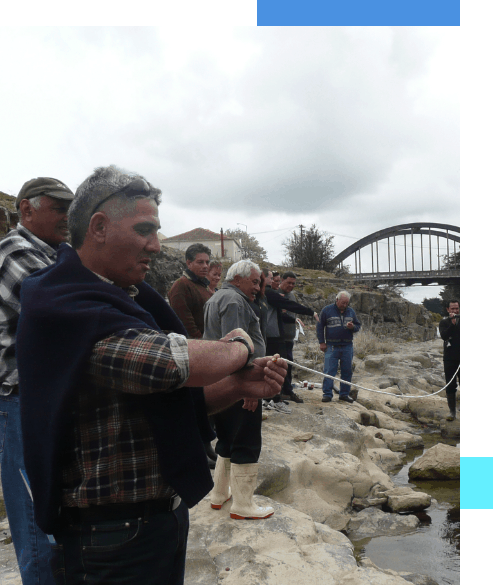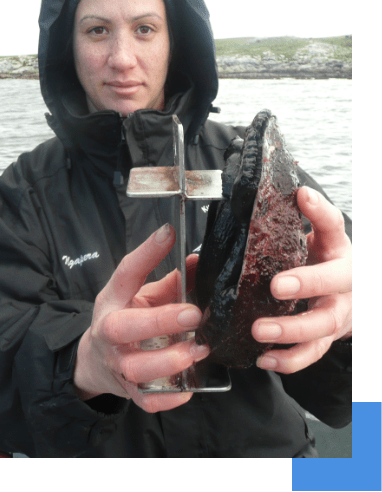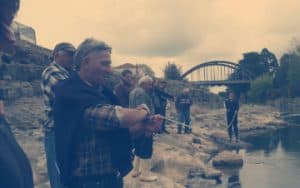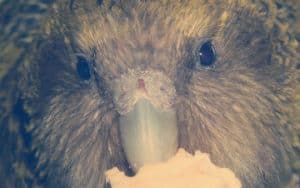
Cultural Monitoring
Cultural monitoring is a very defined skill; working with an archaeologist, a cultural monitor must be able to recognize, indicators of early settlement, tāonga and kōiwi when they are exposed. They must be able to manage these processes and discoveries consistent with both lore and law. Legislation empowers them with the ability and responsibility to stop work on a site to protect cultural interest. The key skills for cultural monitors include being able to identify what is consistent with the environment and what is not.
What is a Cultural Monitoring?
A cultural monitoring is the observation of any alteration to the natural environment occurs. This could occur as a subdivision, any alteration to a waterway or a coastal area. The cultural monitors role is to ensure that any discoveries are managed in a culturally appropriate way and that any alterations to the natural world are carried out in a way that is inclusive of Mātauranga Māori consistent and with inclusion of Tikanga Māori.
The tikanga (way of doing things) of cultural monitoring is to ensure safe cultural practices for both Māori and non-Māori on site. For Te Arahanga this means upholding the tikanga and kawa (what we do, from a cultural perspective) of the haukāinga (home people) and our Tūpuna who passed before us. Kāitiakitanga is defined, in this context, as looking after the natural environment for our moko and their moko to come.
Non-Māori may transgress on tikanga without realising it, therefore, cultural protection will be part of the Cultural Monitor’s job. It is important to recognize that a cultural monitor will be working alongside archaeologist and scientist who rely on the cultural monitor to guide them through safe cultural practices,
It is also important for haukāinga or Iwi representatives to be advised of such discoveries and offered the opportunity to suggest a process for reinterning kōiwi and tāonga.
Benefits of Cultural Monitoring?
To ensure that the tāonga of Te Ao Māori are preserved and protected as they are discovered
Ensure safe cultural practices for both Māori and non-Māori on site
Looking after the natural environment for our moko and their moko to come.
Haukāinga or Iwi representatives are advised of such discoveries and offered the opportunity to suggest a process for reinterning kōiwi and tāonga.

What's Involved?
Cultural Monitors are responsible for monitoring all excavations and earth works on sites, ensuring the natural world is minimally impacted upon and ensuring the cultural safety of all those on site
Cultural Monitors will be responsible for ensuring any material or discovery revealed will receive maximum protection both in Lore and in Law and that any environmental works are minimised and reflect cultural concerns.
All appropriate Iwi and haukāinga should be notified of monitoring and be invited for supplying any kōrero tāwhito (historical information) they think is relevant to the site.
The Cultural Monitors will be responsible for ensuring both legal and tikanga processes are followed in the event of a discovery.
The Cultural Monitors will also be responsible for ensuring that the conditions of the Resource Consent (particularly the cultural conditions) are being met.


